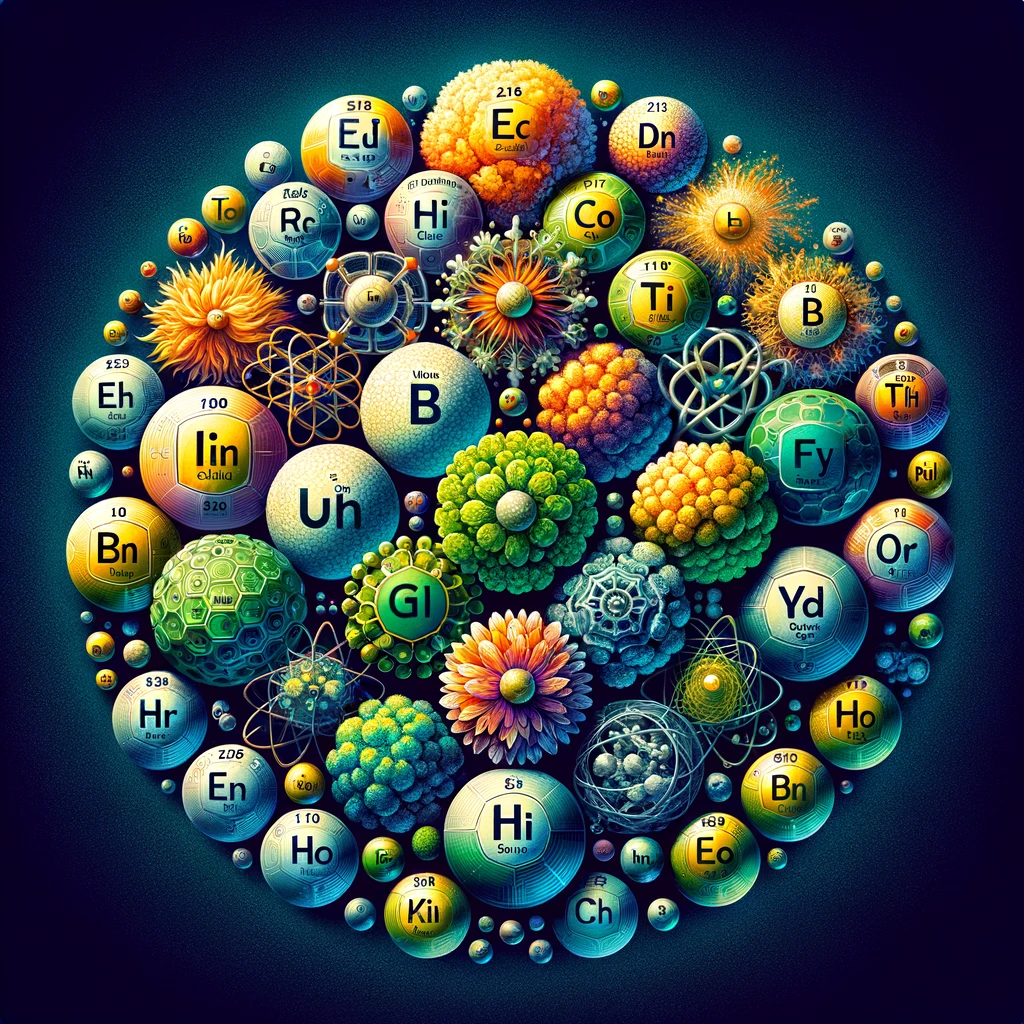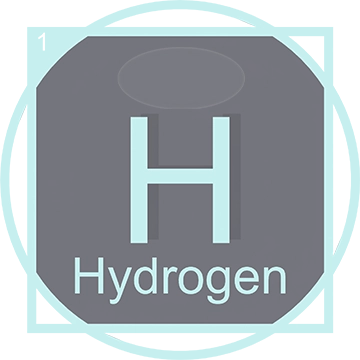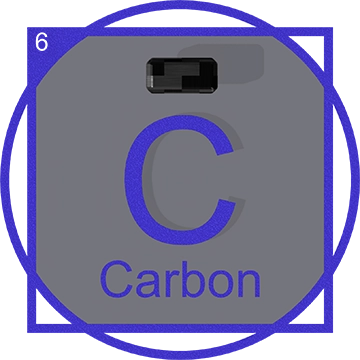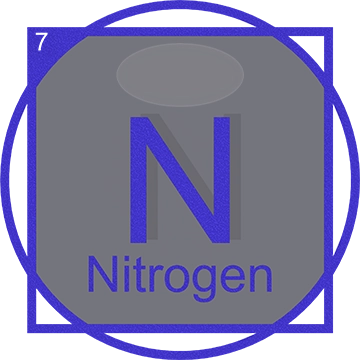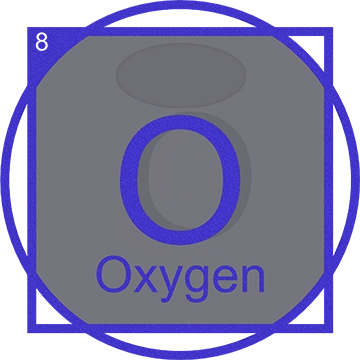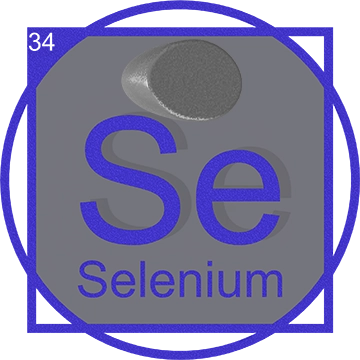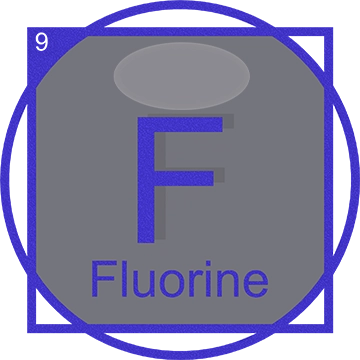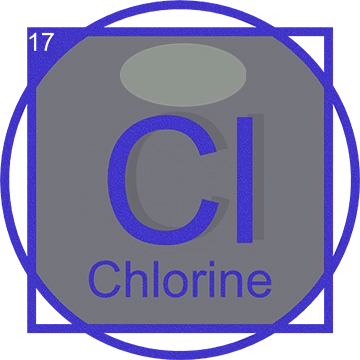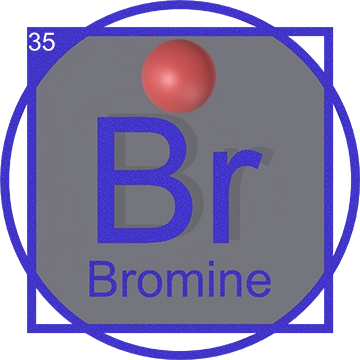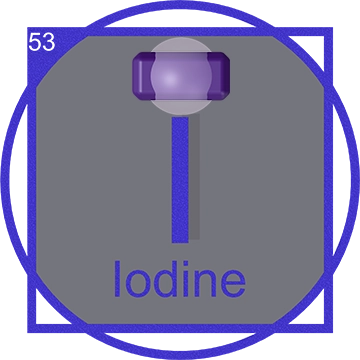Exploring Halogens: Essential Elements in Science and Industry
Uncover the fascinating world of halogens, highly reactive elements with profound implications for our environment, health, and technologies.
What Are Halogens?
Halogens are a group of nonmetal elements located in Group 17 of the periodic table, consisting of fluorine (F), chlorine (Cl), bromine (Br), iodine (I), and astatine (At). These elements are known for their high reactivity and are never found in their free form in nature due to their tendency to form compounds with nearly all elements.
Distinctive Properties of Halogens
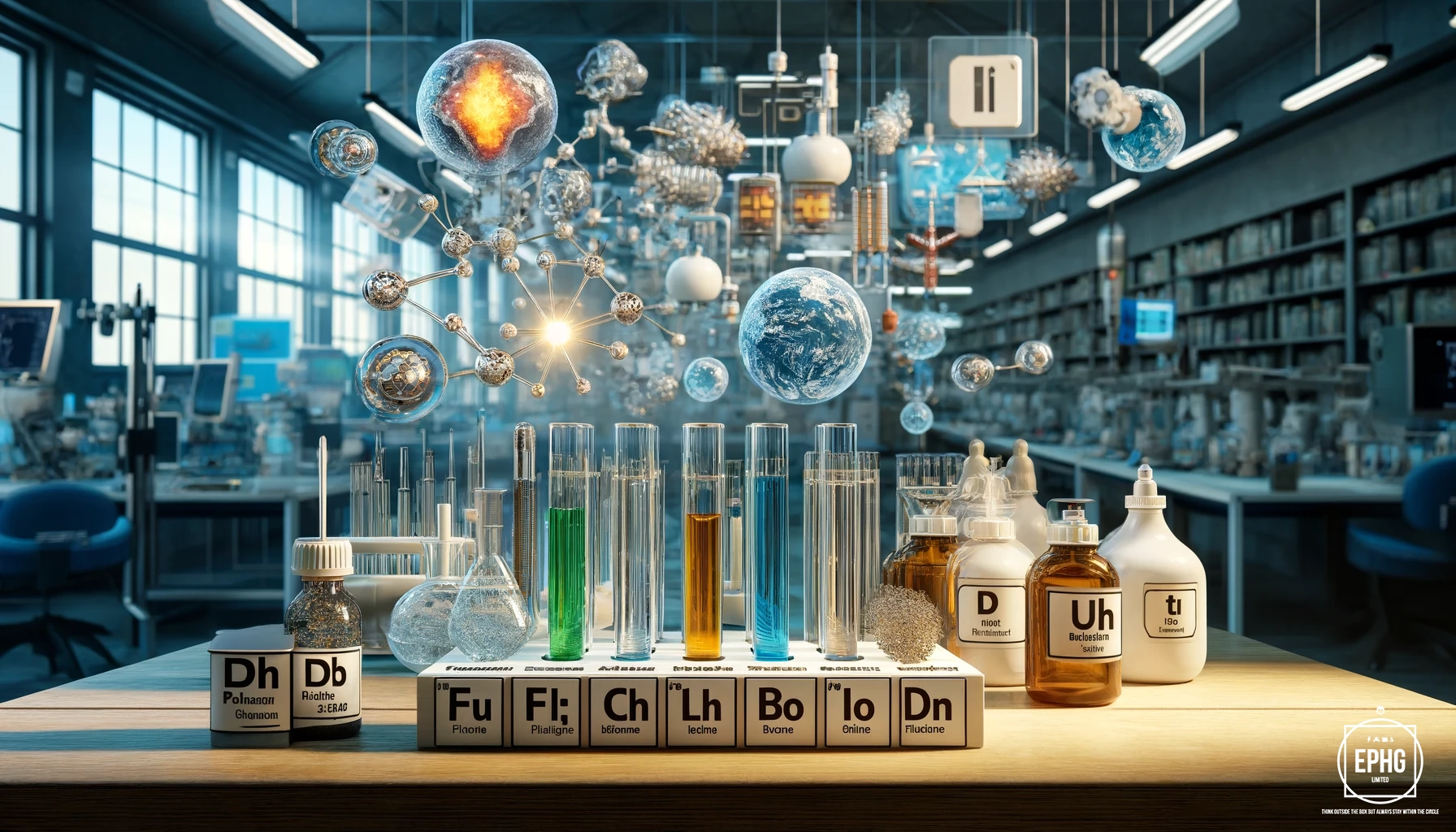
Halogens are characterized by their electron affinity and oxidizing properties. They have a distinctive ability to gain an electron, forming negative ions known as halides. This chemical property is the basis for many of their applications, from disinfection to halide lamp production. In addition, halogens are also notable for their high electronegativity and reactivity, particularly with metals to form a variety of salt compounds. These characteristics further explain their widespread use in organic chemistry, water treatment processes, and even in pharmaceuticals, where they play a crucial role in the synthesis of medicinal compounds.
Halogens Applications Across Various Fields
Fluorine is integral in toothpaste and Teflon manufacturing, offering unmatched chemical resistance. Chlorine is essential for water purification and as a bleaching agent in paper production. Bromine is used in fire retardants, while iodine is crucial in nutrition and medicine for thyroid function regulation.
Sources and Production of Halogens

Halogens are primarily extracted from minerals or salts found in the earth's crust or dissolved in seawater. The production processes often involve electrolysis or chemical extraction to obtain these elements in their pure forms.
Environmental and Health Impacts of Halogens
While halogens play vital roles in many applications, they can also pose significant environmental and health risks. Chlorine compounds, for instance, can contribute to ozone layer depletion, and bromine compounds are persistent organic pollutants that can disrupt ecosystems.
Halogens Future Prospects and Innovations
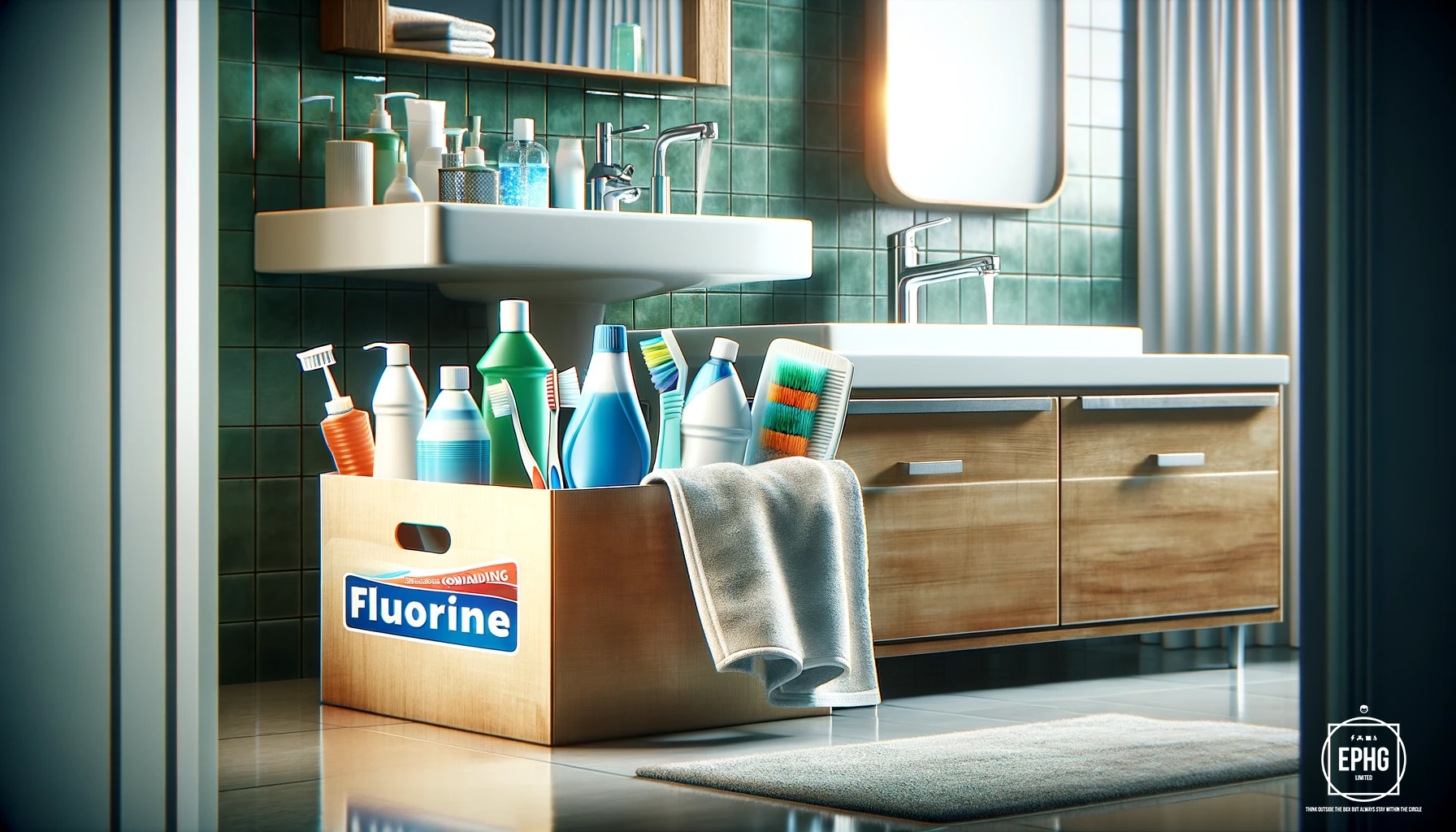
Research is ongoing into safer and more sustainable uses of halogens. Innovations include the development of less harmful brominated flame retardants and new iodine-based pharmaceuticals that minimize side effects and enhance disease treatment effectiveness.
Additionally, advancements are being made in utilizing fluorine in environmentally friendly refrigerants and propellants to reduce ozone depletion and global warming potential. Efforts are also underway to improve the efficiency of chlorine in water treatment processes to enhance safety and reduce chemical residues. These initiatives reflect a broader move towards greener and more responsible chemical applications in various industries.
Frequently Asked Questions about Halogens
- Why are halogens so reactive?
- Their reactivity is due to their seven valence electrons, which makes them eager to gain an eighth electron to achieve a stable electron configuration.
- Can halogens be found in nature?
- Yes, but always in combination with other elements, forming compounds rather than existing freely due to their reactivity.
